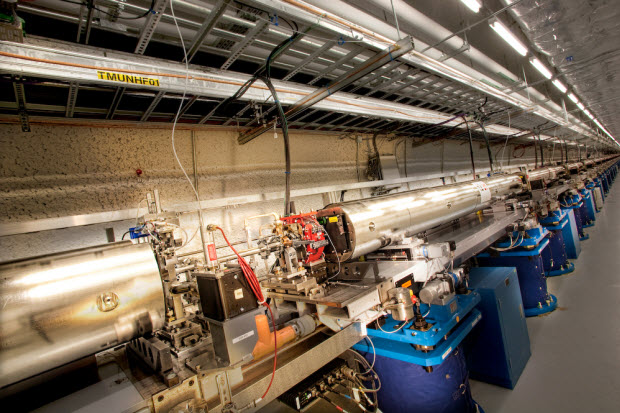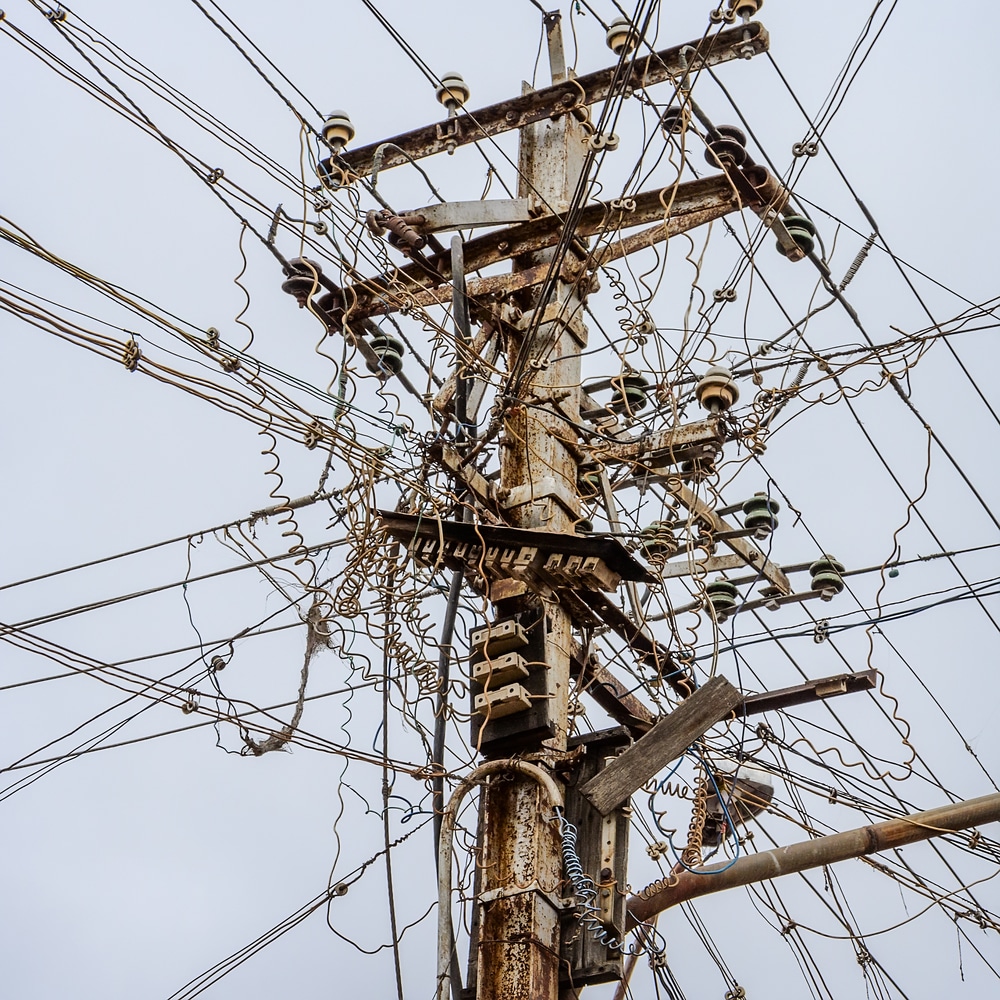$500 million dollars later, the DoE’s SLAC National Accelerator Laboratory at Stanford has created the world’s brightest X-ray source – world, meet the Linac Coherent Light Source:

The LCLS is the first high energy X-ray laser light source – also called a “hard” laser – and it’s going to turn some heads. The LCLS will, once the finest tunings take place, create the world’s brightest short-pulse X-ray laser for scientific study. Using the LCLS, scientists will be able to study the arrangement of atoms in a ton of materials, from metals to catalysts, plastics, and bio mateiral. In short, this thing is pretty amazing.
From the press release at the SLAC:
“This milestone establishes proof-of-concept for this incredible machine, the first of its kind,” said SLAC Director Persis Drell. “The LCLS team overcame unprecedented technical challenges to make this happen, and their work will enable frontier research in a host of fields. For some disciplines, this tool will be as important to the future as the microscope has been to the past.”
Even in these initial stages of operation, the LCLS X-ray beam is brighter than any other human-made source of short-pulse, hard X-rays. Initial tests produced laser light with a wavelength of 1.5 Angstroms, or 0.15 nanometers-the shortest-wavelength, highest-energy X-rays ever created by any laser. To generate that light, the team had to align the electron beam with extreme precision. The beam cannot deviate from a straight line by more than about 5 micrometers per 5 meters-an astounding feat of engineering.
“This is the most difficult lightsource that has ever been turned on,” said LCLS Construction Project Director John Galayda. “It’s on the boundary between the impossible and possible, and within two hours of start-up these guys had it right on.”
Unlike conventional lasers, which use mirrored cavities to amplify light, the LCLS is a free-electron laser, creating light using free-flying electrons in a vacuum. The LCLS uses the final third of SLAC’s two-mile linear accelerator to drive electrons to high energy and through an array of “undulator” magnets that steer the electrons rapidly back and forth, generating a brilliant beam of coordinated X-rays. In last week’s milestone, LCLS scientists used only 12 of an eventual 33 undulator magnets to generate the facility’s first laser light.
Chock one up for the DoE scientists. I’m thrilled to see what this thing can do.
Thanks, MedGadget!




